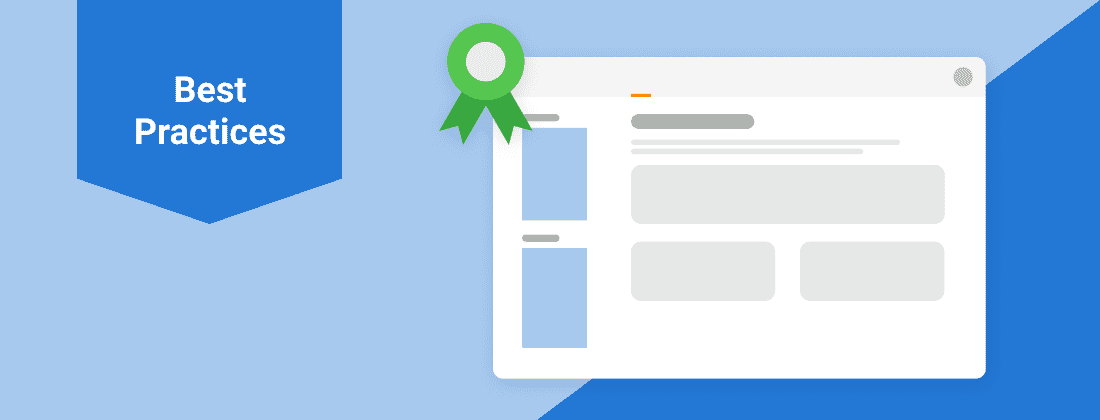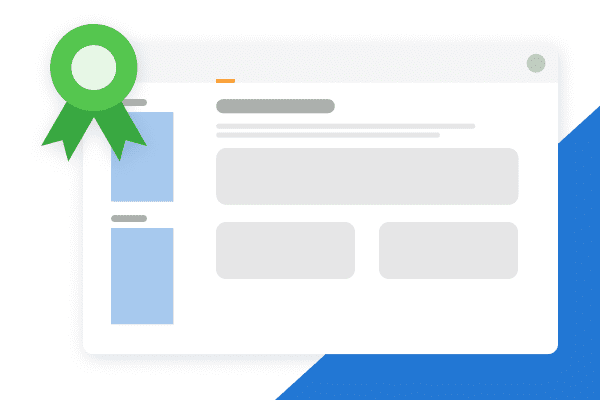
The carrier integration, known as the Carrier Data Exchange, allows for a smooth transition of data from Employee Navigator to our integrated carriers at no cost to brokers. These integrations link some of the most well-known names in insurance, like Guardian, Aflac, Principal and many more, to Employee Navigator. Once integrated, we’ll automatically send initial enrollments for new groups, new hires, changes & updates, and terminations, removing hours of manual work from your office.
Employee Navigator’s Marketplace is a great way to see which carriers are currently connected, as well as any integrations currently in progress.
To walk us through the best practices, we spoke to our Carrier Integration Analyst, Sarah Falk. She recommended the following:
-
- Pick one carrier to get started with. Start with by running a Client Plans report in Employee Navigator to see which carriers your agency does the most business with. From there, you’ll want to discuss which carriers require the most manual work for your team. These questions will help you identify who to start with.
-
- Make sure you start with clean data. It important to make sure the data in Employee Navigator matches the data in the insurance carrier’s system, otherwise you’ll have to clean up the discrepancies. Good data in = good data out. You can use our General Data Validation Process to help you with this. This is an important step since most carriers run a test file prior to approving a group for the data exchange. A group that fails validation will slow down their integration process.
-
- Read the Broker Tips and FAQ, which walks you through setting up your company for integration. Each carrier has their own set of instructions, and it’s important to be familiar the basics before getting started.
-
- Start with groups that have a simple group structure for your first integration. Complex groups are harder to implement, contain more errors, and take longer to go live.
- Once you start the integration, be responsive should any questions or errors arise. Timely communication speeds up the integration process. It’ll be your responsibility to keep the carrier informed of any changes or updates throughout the process.


